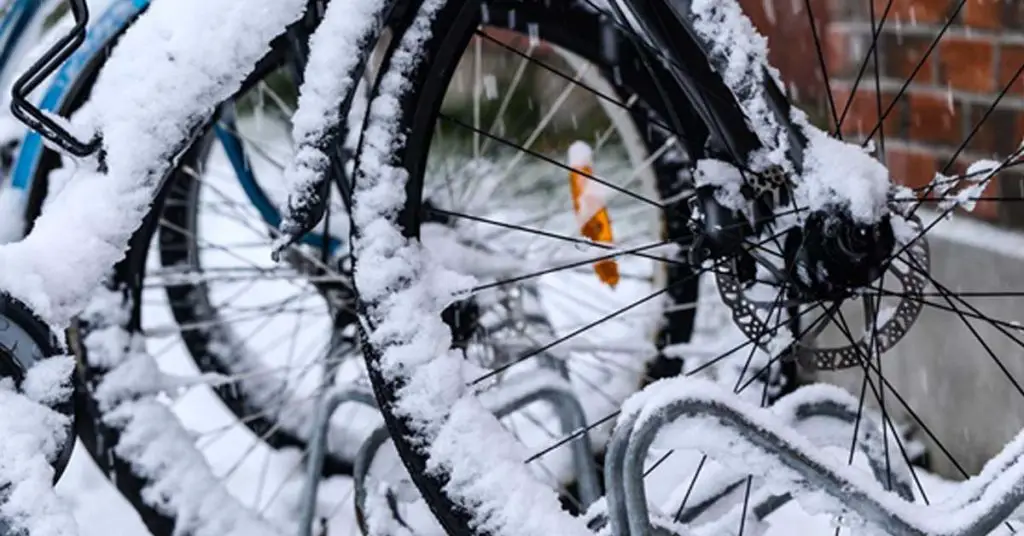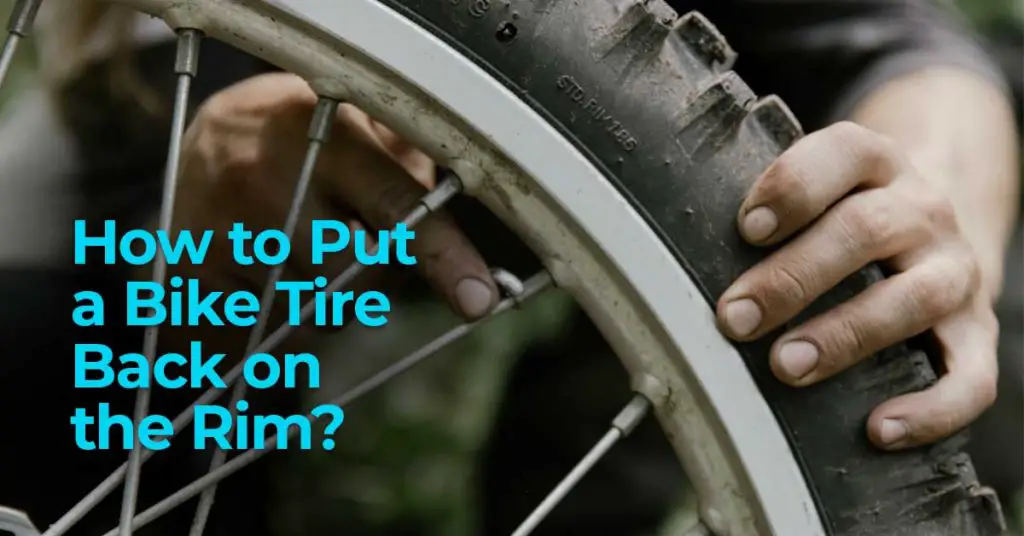Table of Contents
As the winter season approaches, many cyclists are looking for ways to keep their rides going despite the cold weather. Building a winter bike is a great way to do this and can provide the opportunity to customize your ride to the weather and terrain.
Winter biking can be an exhilarating experience. Whether you are an experienced cyclist or a beginner, the challenge of winter cycling can be a great way to stay active and enjoy the outdoors even when the temperature drops. However, the cold weather and snow can present some unique challenges, which can make it difficult to ride your regular bike. To make the most of your winter cycling, you will need to adjust your bike to make it more suitable for winter conditions.
In this article, we will discuss the benefits of building a winter bike, what to consider when doing so, and how to select the right components to ensure maximum performance.
Benefits of Building Your Own Winter Bike
Building your own winter bike has many advantages. Not only can you customize it to meet your individual needs and preferences, but you can also save money by doing all the work yourself. Moreover, you can take the opportunity to learn more about bike maintenance, repair, and customization. This knowledge can come in handy even when the weather warms up and you’re back to riding your regular bike.
Another great benefit of building a winter bike is that you can choose components that are designed specifically for winter conditions. This means that you can select components that are designed to handle snow, ice, and other elements of winter cycling, rather than components designed for warm weather. This can help you get the most out of your winter rides, while also keeping you safe and comfortable.
What to Consider When Building a Winter Bike
When building your own winter bike, there are a few key factors to consider. First, you’ll need to decide on the type of frame you want. This will depend on the type of riding you plan to do and your budget. Additionally, you’ll need to select the right tires and wheels for the terrain and weather you’ll be riding in. You’ll also need to choose the right gears, and make sure the brakes are in good working order. Finally, you’ll need to pick the right handlebars and decide which accessories you’d like to add.
Choosing the Right Frame
When it comes to building your own winter bike, the frame is one of the most important components. You’ll need to choose a frame that is strong and durable enough to handle the cold weather and tough terrain. However, you’ll also want to choose a frame that is lightweight and easy to maneuver in winter conditions. There are a few different options to choose from, including rigid and full-suspension frames.
Rigid frames are great for riders who want a lightweight and responsive bike. These frames are light and easy to maneuver, but may not provide as much cushioning and shock absorption as a full-suspension frame. On the other hand, full-suspension frames are great for riders who want a more comfortable ride and better grip on icy terrain.
Selecting Tires and Wheels
The right tires and wheels can make a big difference in your winter cycling experience. You’ll want to choose tires that are designed for winter conditions, such as studded tires or snow tires. These tires are designed to provide better grip in icy and snowy conditions, which can help you stay safe when riding in the winter. Additionally, you’ll want to choose wheels with a thicker rim to help protect against punctures and other damage.
Choosing the Right Gears
When it comes to gears, you’ll want to choose a set that is designed for winter cycling. Look for a gear set that has a wide range of ratios, so you can easily shift between low and high gears as needed. You’ll also want to make sure the chain is well-lubricated and the gears are adjusted properly to ensure smooth shifting.
Installing the Brakes
Installing the brakes is an important step in building your winter bike. You’ll want to choose brakes that are designed for winter conditions, such as disc brakes or V-brakes. Disc brakes provide the best braking power and can help you stay in control on icy terrain. V-brakes are also a good choice and are easier to maintain than disc brakes.
Selecting the Right Handlebars
Handlebars are another important component of your winter bike. You’ll want to choose handlebars that provide a comfortable grip and are easy to control in winter conditions. For example, you may want to choose handlebars with a wider grip and more surface area to ensure you can maintain control in the icy and snowy terrain.
Adding Accessories
Once you have the main components of your winter bike in place, you can add a few accessories to make it even more comfortable and convenient. For example, you may want to add a handlebar bag for extra storage, or a set of lights for visibility in low-light conditions. Additionally, you may want to add a kickstand or mudguards to help protect your bike from the elements.
Conclusion
Building your own winter bike can be a great way to stay active and enjoy the outdoors even in cold weather. With the right components and accessories, you can customize your ride to the terrain and weather conditions, and get the most out of your winter cycling experience. We hope this article has provided you with some helpful information on what to consider when building your own winter bike.



